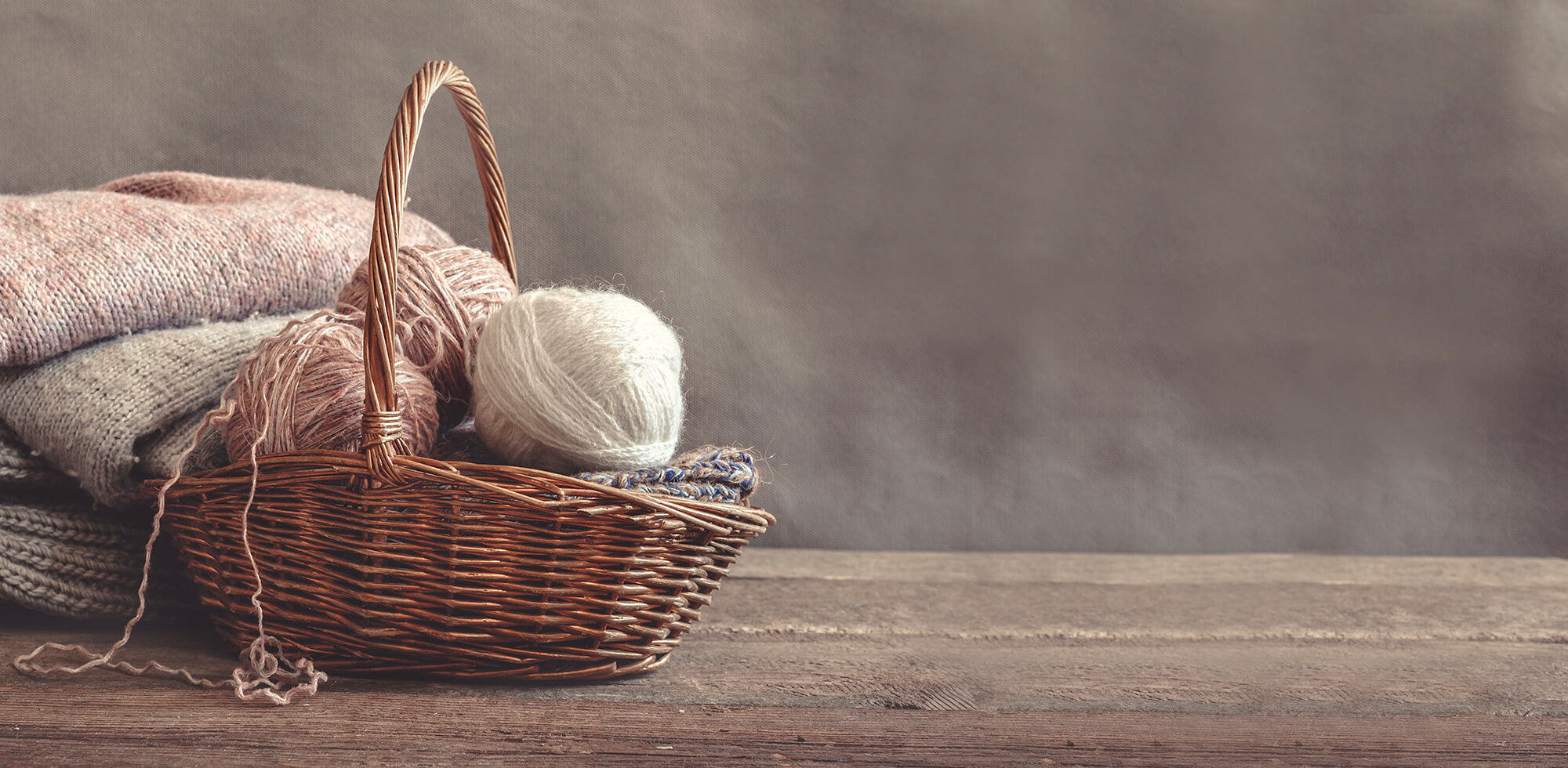Pascuali
Balayage
The variety of colors of Peru in a soft yarn
The Balayage yarn was the product of the idea to develop a high-quality yarn in accordance with a specific colour concept. We wanted to create colours that provide unlimited creative options and flow harmoniously into one another, almost as if dyed by hand. This gave rise to a yarn that is excellent for shawls but, of course, for any other knitting project too, and is particularly well suited to colour techniques such as jacquard or Fair Isle. A well-known designer and good friend, Melanie Berg, who is known as Mairlynd, contributed to the development of this yarn concept from the beginning. Important key skills such as her instinct for colours and talent for creating appealing colour palettes together with our expertise in producing high-quality and exclusive yarns, are therefore combined in one yarn: Balayage.
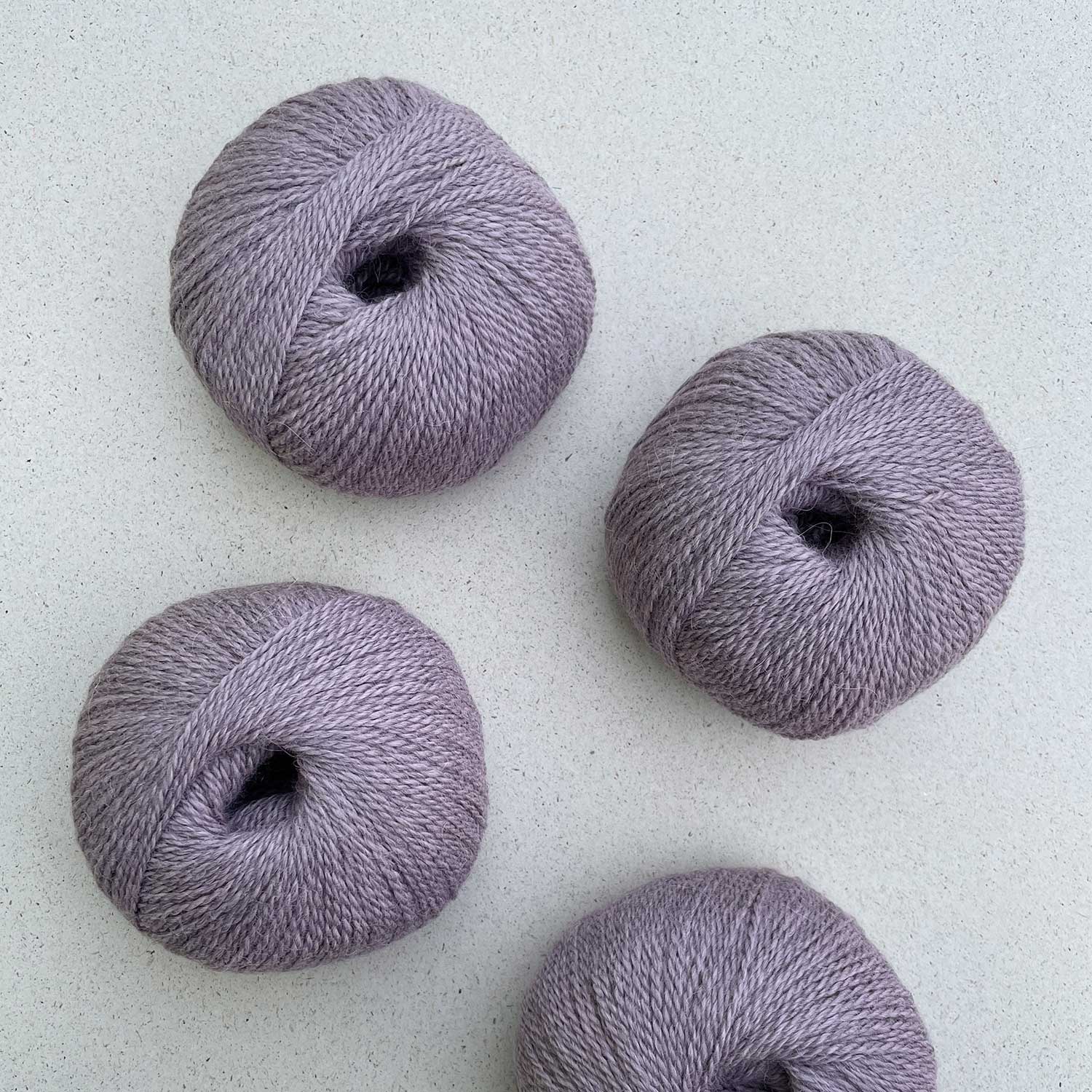
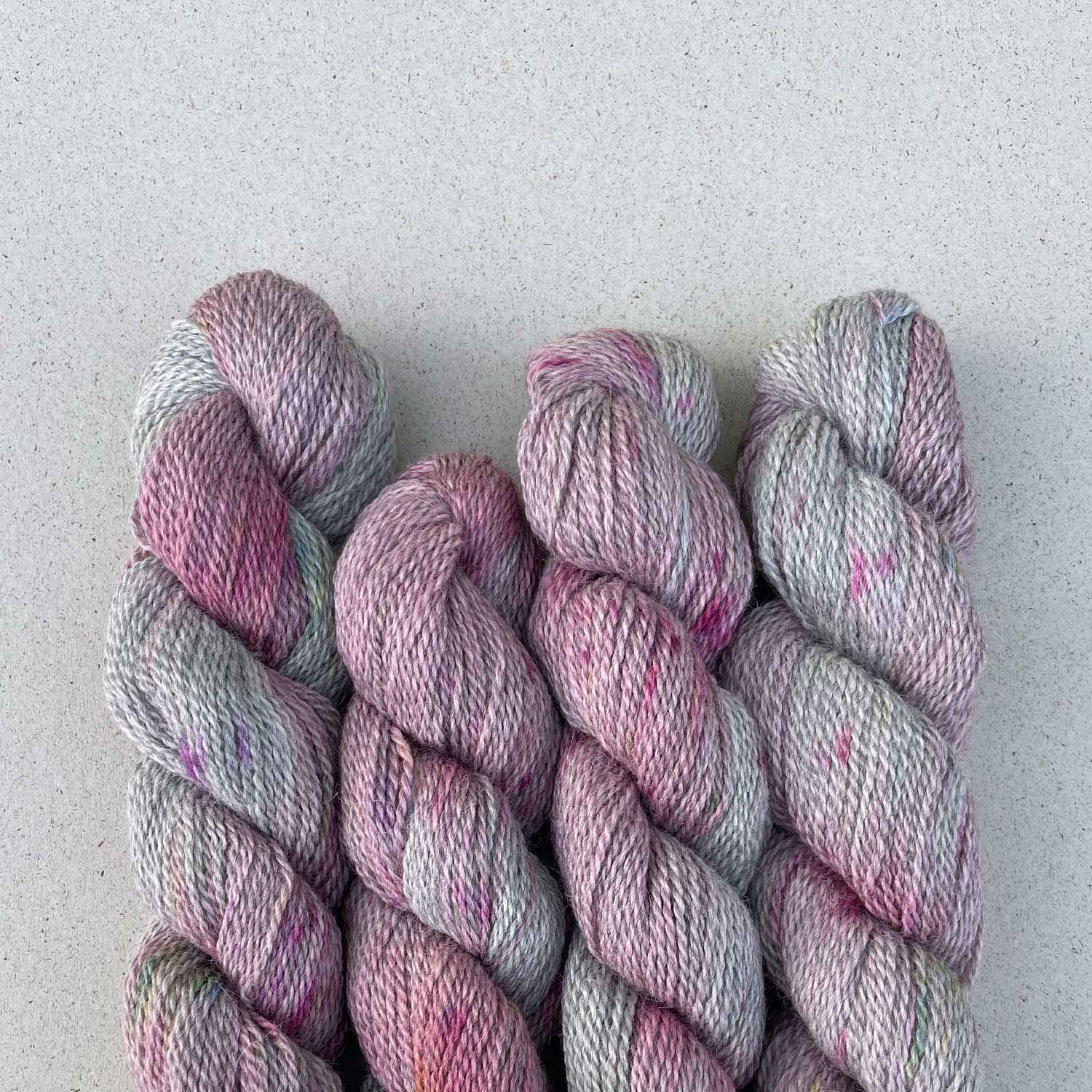
Balayage
Balayage is a blend of 80% soft baby alpaca wool and 20% high-quality virgin wool (organic merino in extra fine 21.5-micron, of course mulesing-free). The ball of wool weights 1.76 oz (50 g) and has a length of 190 yds (175 m). Perfect knitting results are achieved with 3 U.S. (3.25 mm ~10 UK) knitting needles.
Balayage Handdyed
Balayage is available in 25 stunning colours, presented in various colour-coordinated blocks. Noteworthy is the grey-mélange base tone, creating the effect of a colour gradient within a single thread. Additionally, we offer 8 hand-dyed shades specifically tailored to complement each colour block.
Implementation of the idea
In order to implement this idea, we initially considered three different types of yarn, which vary in terms of their composition and yarn weight. Thanks to the different composition in the fibre quality and colour, we achieved a natural mottled effect, a soft and varied colour range. Using yarn samples, we thoroughly investigated which of the samples would be able to best achieve the colour effect we wanted. Even the smallest of differences in the composition have a significant effect on the colour that is achieved later. We did not, of course, ignore the feel and yarn quality during this development stage either. A yarn that is primarily intended to be suitable for varied and colourful shawls should not be too fluffy or too smooth. Based on this, we took a closer look at different colours in different combinations. It was important to achieve a colour shade that was not too loud and that highlighted colours would go well together with contrasting colours.
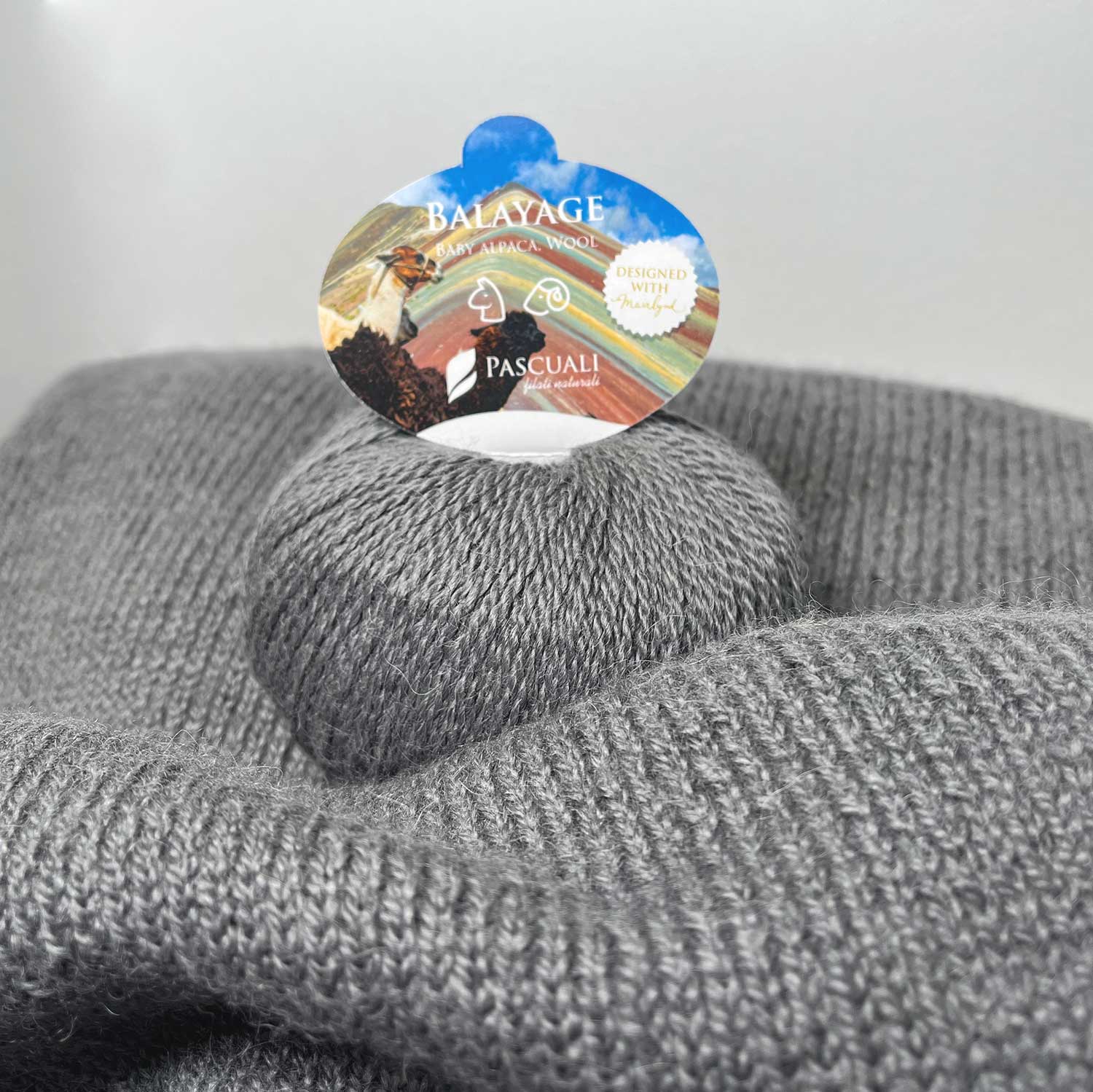
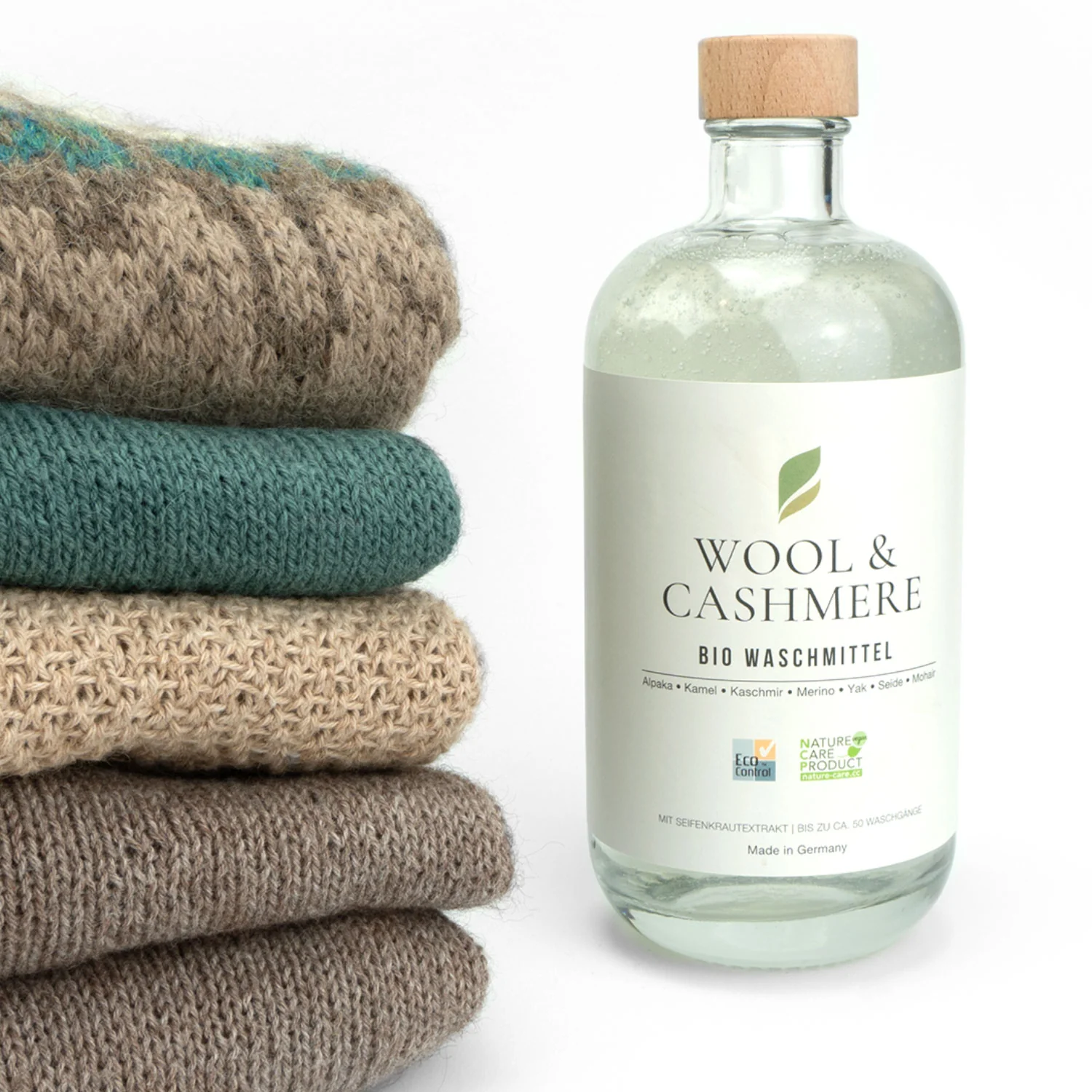
SPECIFICATIONS
- Composition: 80% alpaca (baby alpaca), 20% virgin wool (organic merino)
- Yardage: 50 g ~ 175 m | 1.76 oz ~ 190 yds
- Needle: 3,25 mm | 3 U.S. | 10 UK
- Gauge: 28 Stitches, 36 Rows to 4" (10 cm)
- Usage: Sweater size Small ~ 400 g (8 Balls)
- Yarn Weight: 50 g | 1.8 oz ~ Ball
Care
We recommend washing Balayage knitwear by hand in lukewarm water with a gentle wool detergent. Afterward, lay it flat to dry, preferably on a terry cloth, to avoid deformations. Please, under no circumstances, dry it directly on a heat source or in direct sunlight!
It’s all about the yarn!
Why did we call it Balayage? The term comes from the hairdressing industry and refers to a hair colouring technique in which a particular colour gradient is achieved on the hair. This colour gradient principle embodies the colours of Balayage. Colour groups of five colours are designed to work together and can be combined with colours from the other groups to achieve a contrast. The colours are inspired by the variety of colours in Peru and are named after places in Peru.
The unique nature of the yarn, i.e. the mixture of white organic merino wool fibres with white and grey baby alpaca wool, creates a mottled grey tone (colour 617 Ishinca). The colour gradient effect is supported within the individual threads and very natural colour accents along the lines of hand dyeing techniques.

The wool is produced in a fair and sustainable manner
The concept of sustainability runs through from the animal fibres to the packaging materials.
The yarn itself is obtained and produced in a continuous process in Peru. In the plateaus of Peru, the alpacas are able to move around freely and are kept in a manner that is appropriate for the species. The animals are shorn with modern machines in order not to subject the animals to any kind of stress. However, sustainability is about more than just species-appropriate farming. The working conditions are fair and great value is placed on a recycling economy in order to protect the environment. This means that the entire process is self-contained. For example, the mud produced when the fibres are washed is used to fertilise the pastures. Care is taken to ensure that energy consumption is made more environmentally friendly by using solar energy, and the water that is used is recycled in the recycling system.
Pascuali
Related blog posts
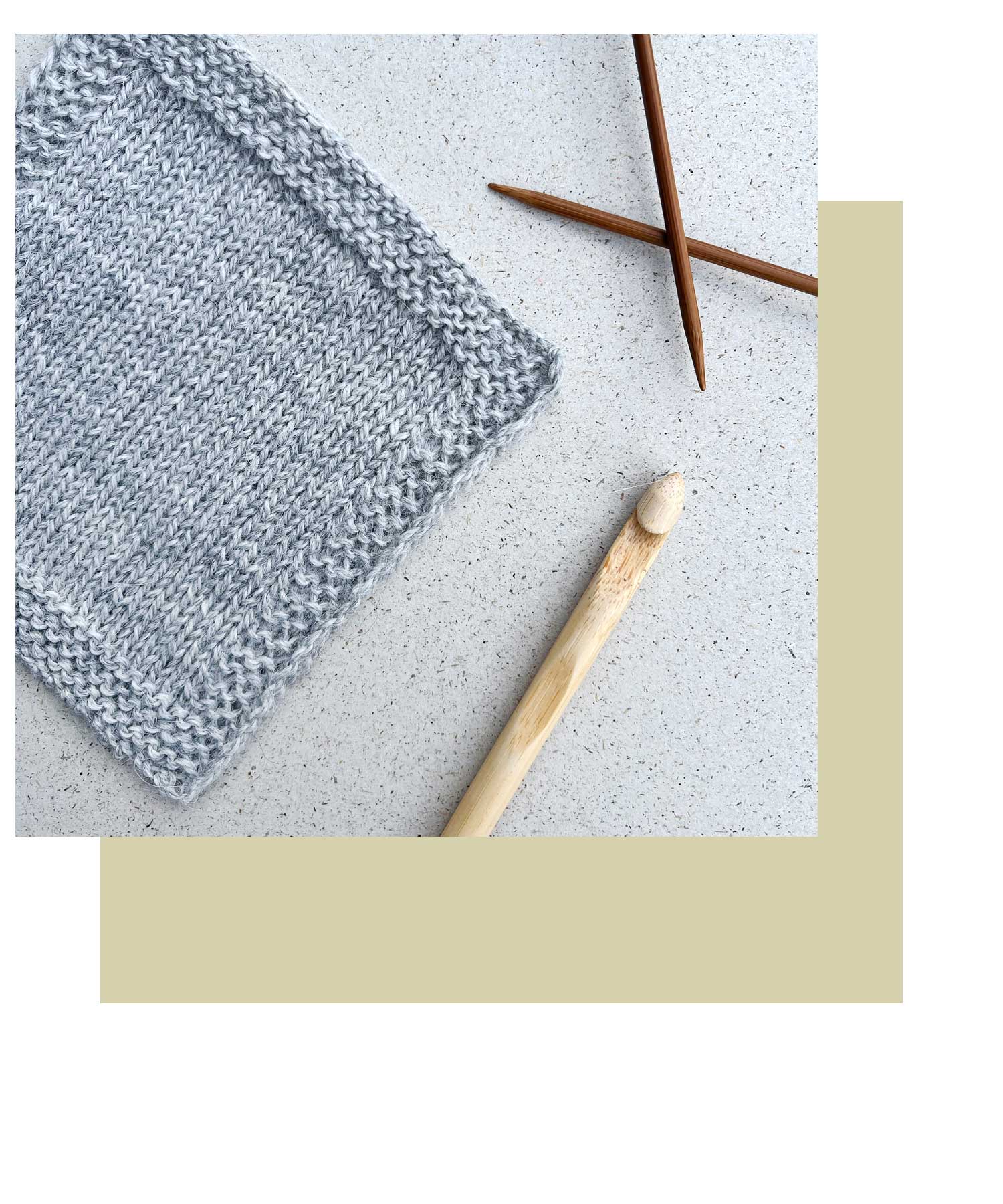
PUTTING THE SPOTLIGHT ON: BALAYAGE
The youngest member of the Pascuali family is called "Balayage" – the yarn made from 80 percent baby alpaca and 20 percent fine merino wool..
Read more...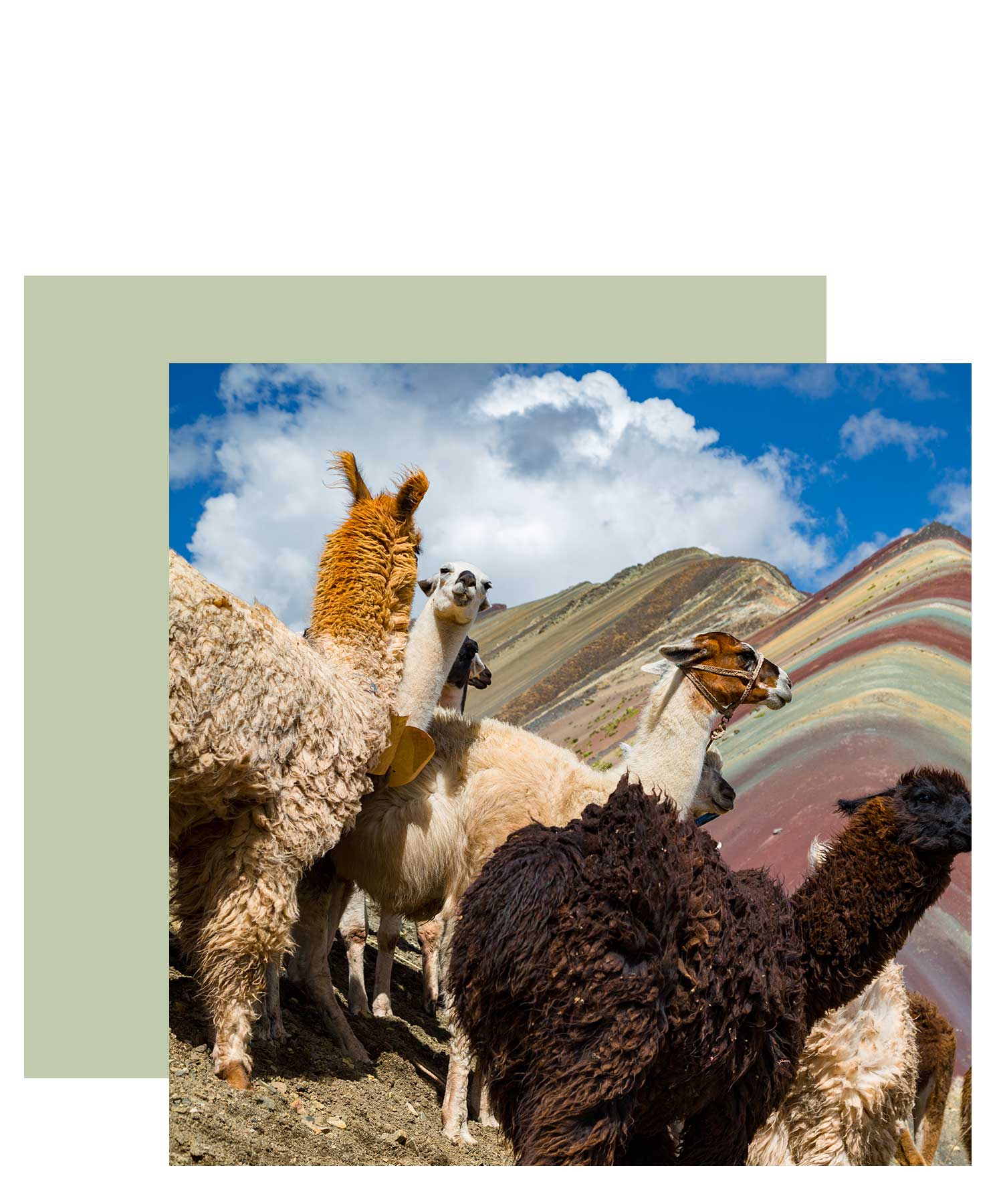
ALPACA – THE INCAN EMPERORS' LUXURY
We shared with you some interesting facts about camel wool in a previous blog post, and now we are back with more! What kind of animals are they?...
Read more...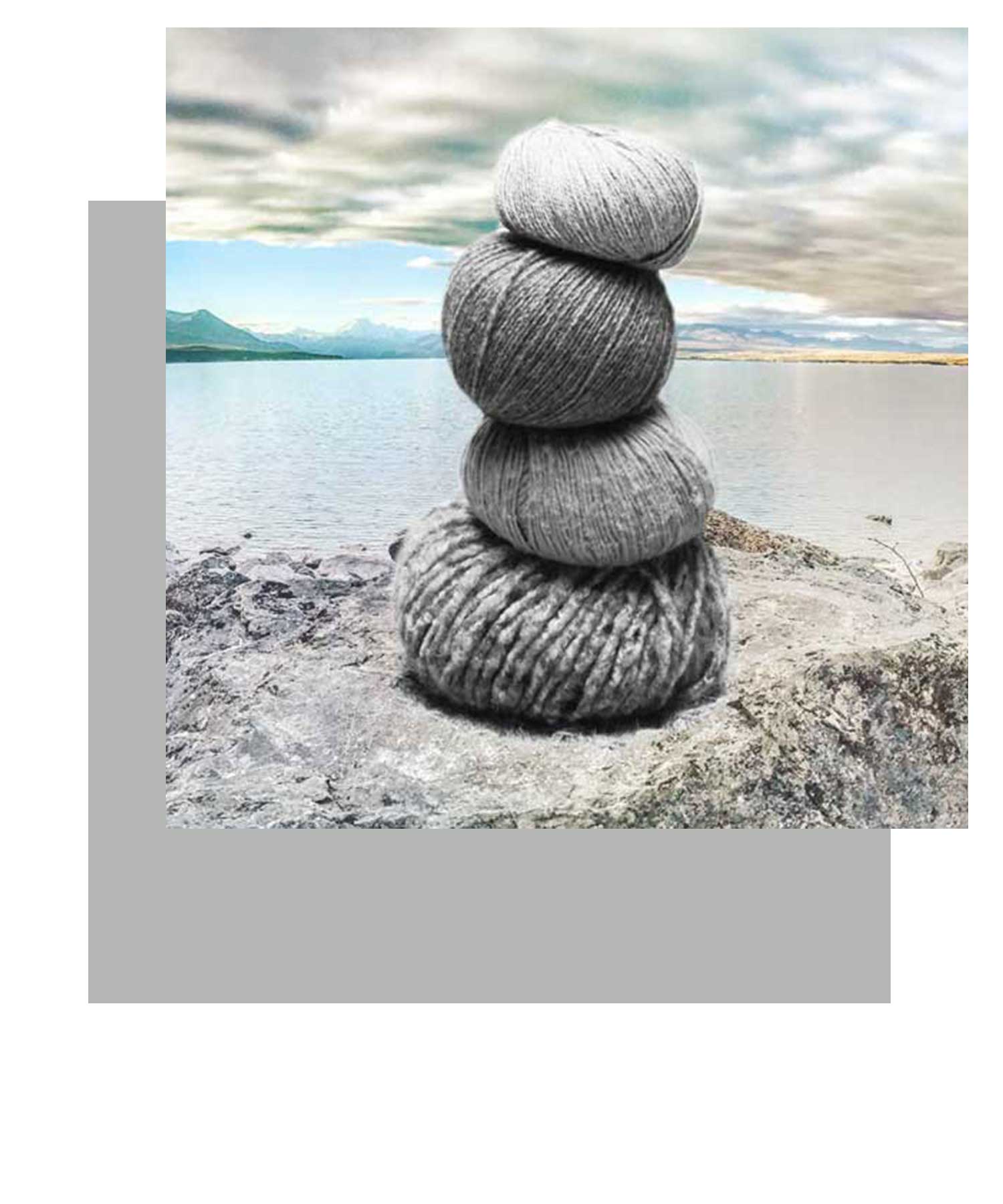
RELAX YOUR SOUL AND MIND BY KNITTING...
Knitting is fun. Knitting is relaxing. Knitting is a wonderful hobby - and if all goes well, you'll be rewarded in the end with a beautiful sweater,...
READ MORE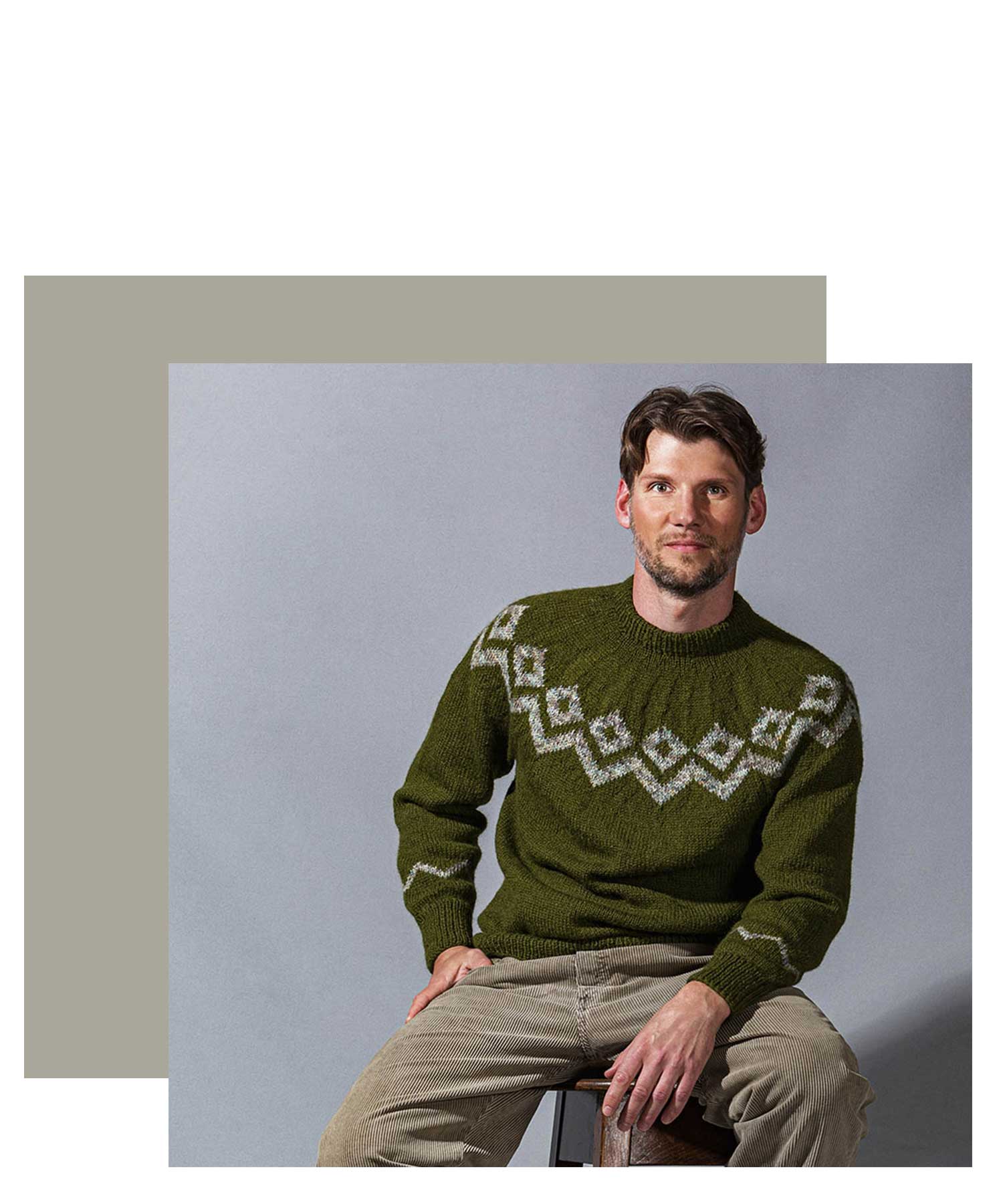
Explore the Beauty: Instructions from Balayage
Dive into a world full of color shades and inspiration with our Balayage yarn! Instructions specially created for this unique yarn...
To the pattern
